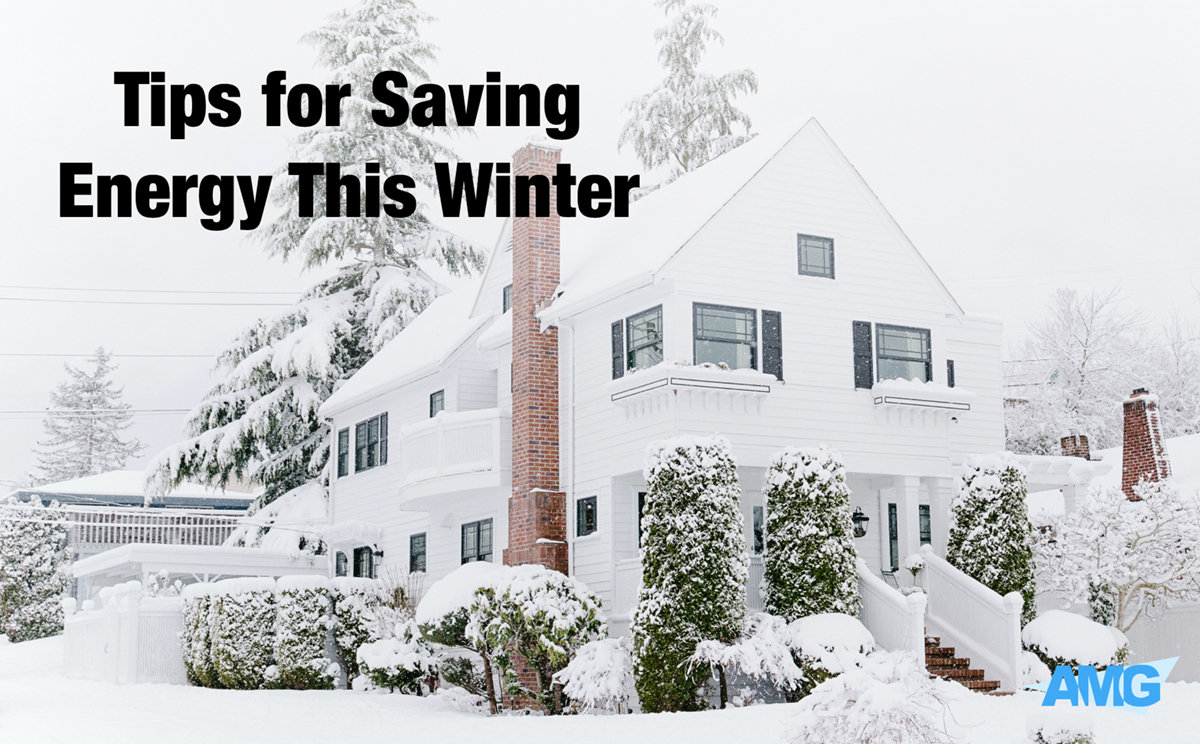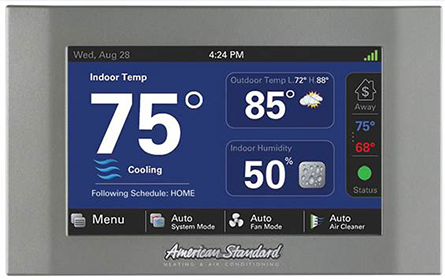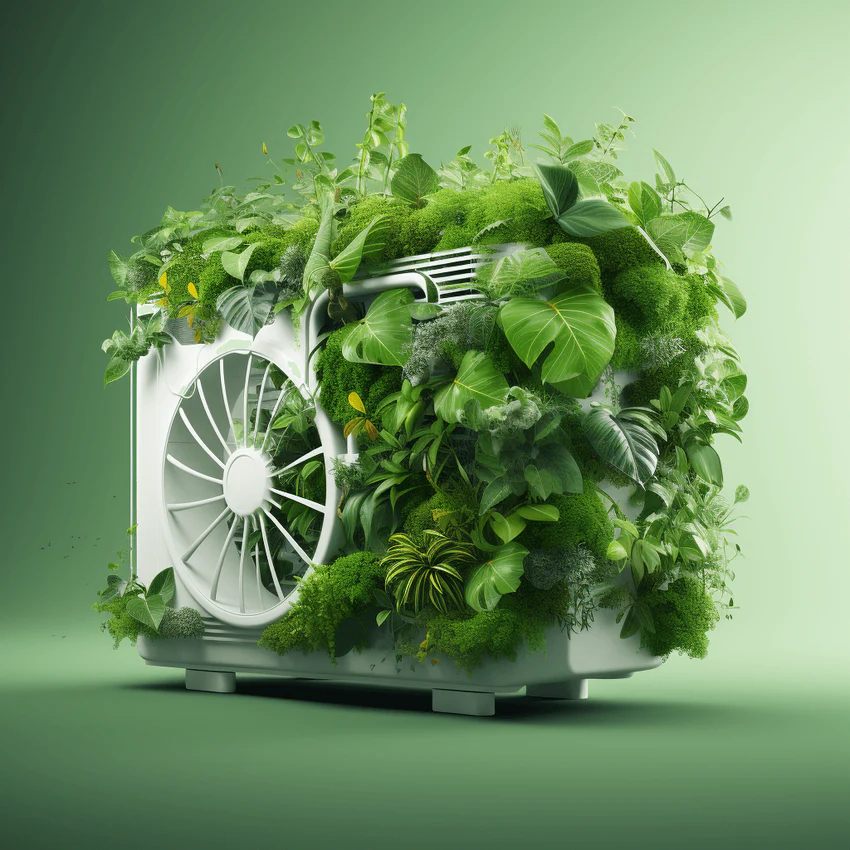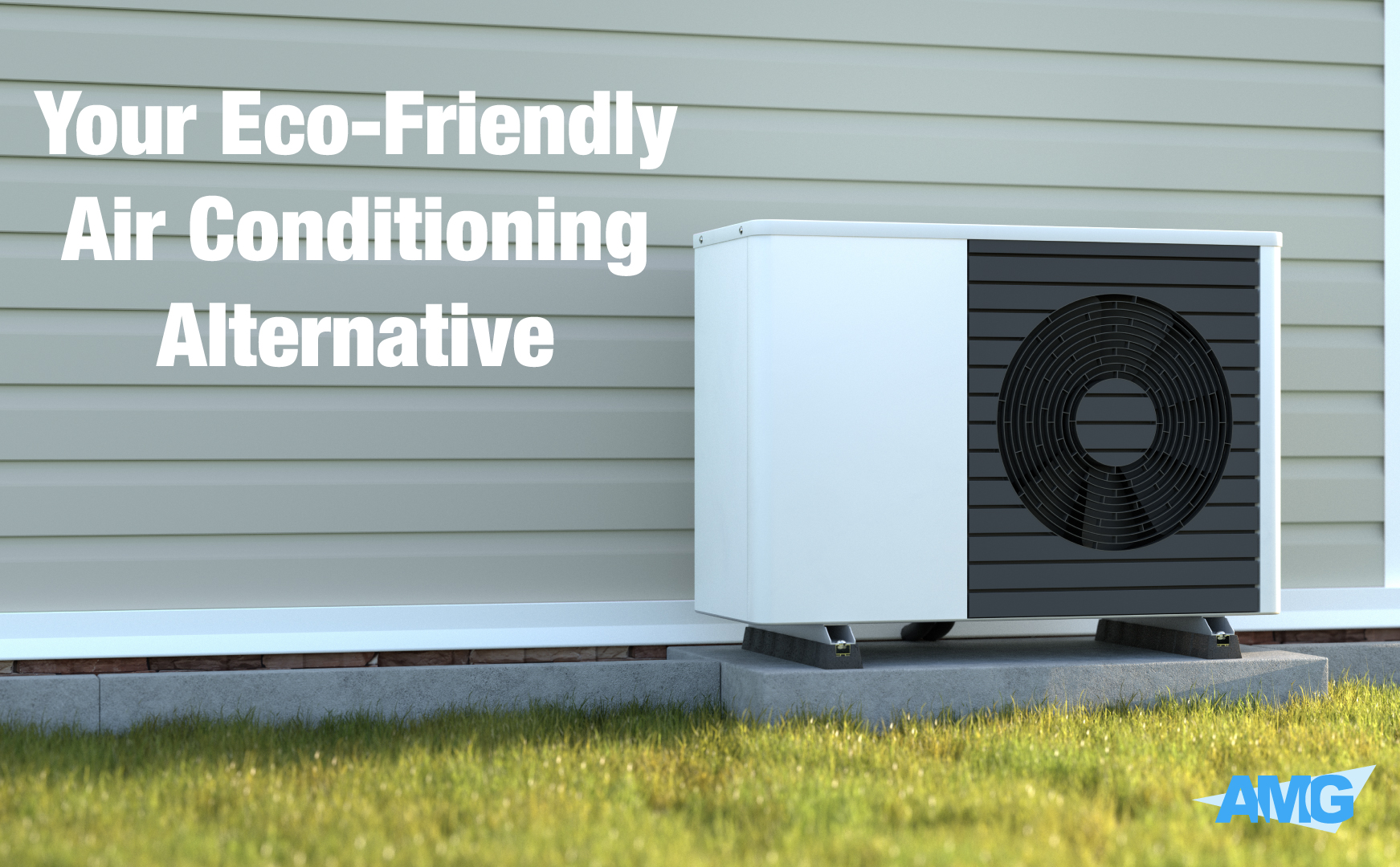As the weather gets colder, you’ll be running your furnace more frequently. And when that happens, your energy bills go up. Your HVAC system is the single biggest consumer of energy in your home, responsible for an average of 46% of energy use in a given year. So if you can find ways of keeping your home comfortable without taxing your system as much, you can save a lot of money, as well as decreasing your carbon footprint. Here are a few energy saving tips this winter.
- Seal Air Leaks. If cold air leaks into your home, it can undermine the warm air produced by your furnace, thus wasting energy. Look for air leaks, particularly around windows and doors, behind outlets and light plates, near baseboards and corners, and around recessed lights. It might also be beneficial to schedule an energy audit, wherein a professional can search for leaks more thoroughly, and help you seal them up.
- Seal Duct Leaks. Just as detrimental as cold air leaking in is warm air leaking out. If your ductwork is damaged, the air from your furnace can leak out before it can reach your home. Reduced airflow means your system has to run longer in order to heat your home properly, thus wasting energy. The average home experiences energy losses of 30% due to leaky ducts. Check your ductwork for pinhole leaks, tears in the insulation, and places where two sections of ductwork have come apart. Repair the leaks with metal tape or mastic sealant. Despite its name, never use duct tape to repair ducts. It loses its adhesiveness over time, causing air to leak out from underneath it.
- Set Your Thermostat. The ideal thermostat setting for winter is 68 degrees. At night, you can lower it to 65, as cooler temperatures help you sleep. And if the house is typically empty during the day, you can lower the temperature to 55 degrees while everyone is gone, to save energy. It’s also beneficial to invest in a smart thermostat that lets you set your temperature schedule automatically, and can learn your comfort preferences over time and adjust automatically.
- Insulation. Heat rises. Therefore, when your furnace is running, your attic will heat up before the rest of the house does. Insulating your attic helps reduce the amount of energy lost that way. It slows the flow of heat, keeping it in your home. Even if you do have attic insulation, it can settle over time, so check to make sure you have enough. If the insulation level isn’t above your joists, you need more. Talk to your HVAC technician about what kind of insulation is best for you, and how much you need.
- Reverse Your Ceiling Fan. Did you know that if you reverse the direction of your ceiling fans, they can push warm air down into your home? This is another great way to combat the rising of the heat from your furnace. There should be a switch on the side of the fan to reverse its direction. By running your fan in the winter, you can lower your thermostat a few more degrees, with no reduction in comfort.
- Annual Maintenance. One of the best ways to save energy this winter is to make sure your furnace is running as efficiently as possible. Every year, just before heating season begins, you should schedule an annual maintenance visit. Your HVAC technician will look at the unit and make sure everything is working properly. If any parts are wearing out, they can fix or replace them, before they turn into bigger, more expensive problems down the line. They can also check on all of the things listed above, to make sure your home is heating as efficiently as possible.
These are just a few of the things you can do this winter to lower your energy bills, while still keeping your home warm and comfortable. Contact us to learn about other ways to save money and energy, and reduce your carbon footprint.




